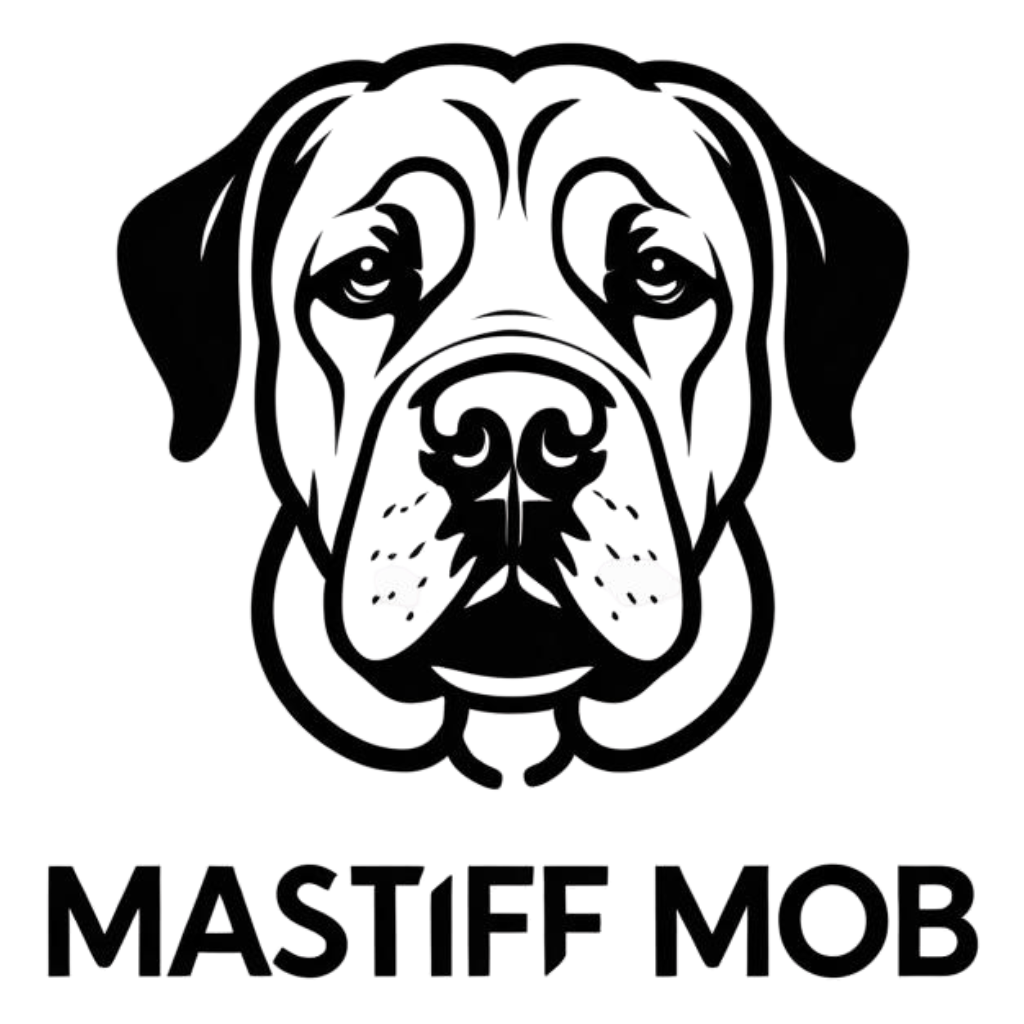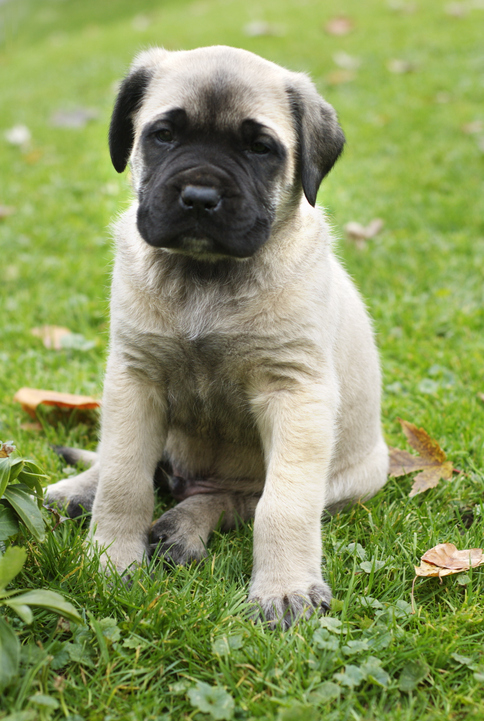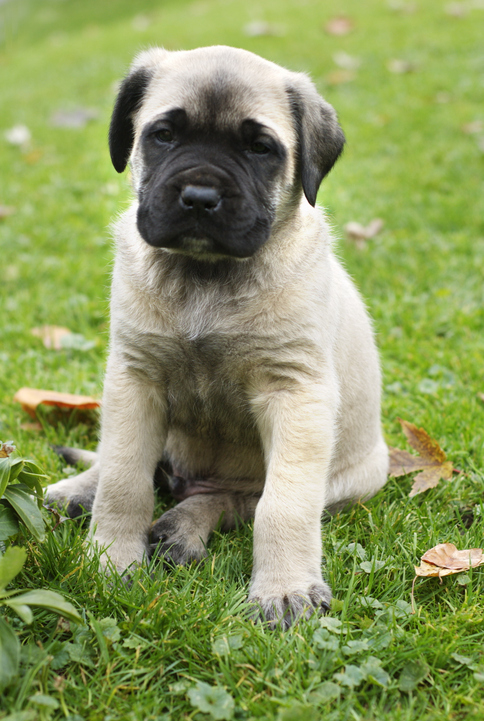Let’s talk about something truly awe-inspiring—giant dog breeds. There’s just something magical about these massive pups, isn’t there? They’re like living teddy bears, towering over us with their sheer size and strength, yet often melting our hearts with their gentle eyes. Among all the giant breeds out there, one stands out as a true titan: the English Mastiff. Often hailed as the world biggest dog, this breed has captured the imagination of dog enthusiasts for centuries. If you’ve ever wondered what it’s like to share your life with a canine giant, stick around as we dive into the world of the English Mastiff, a top contender for the world largest dog title.
Now, the English Mastiff isn’t just big—it’s got a history as grand as its stature. Originating from ancient times, this breed has been a symbol of power and protection for thousands of years. From guarding estates to standing by warriors in battle, the English Mastiff has earned its reputation as a formidable yet loyal companion. So, let’s take a closer look at where this giant comes from and why it’s often called the English Mastiff biggest dog in conversations about massive breeds.
History and Origins of the English Mastiff
Let’s travel back in time, way back, to uncover the roots of the English Mastiff. This breed’s story begins thousands of years ago, with ancestors that were likely used by ancient civilizations like the Romans and even earlier cultures. These dogs were bred for serious business—think guarding livestock, protecting homes, and even joining soldiers on the battlefield. Can you imagine a dog so massive and intimidating that it could strike fear into the hearts of enemies? That’s the English Mastiff for you, often regarded as the world largest dog in historical accounts.
Over the centuries, the English Mastiff evolved from a fierce war dog into what we now know as a gentle giant. While their size and strength remained, their roles shifted more toward companionship and estate guarding in medieval England. Nobles and royalty often kept these dogs as symbols of status, and their presence alone was enough to deter intruders. It’s no surprise that historical records frequently mention the English Mastiff as one of the world’s biggest dogs, a title that has stuck with them through the ages. Their legacy is one of power, loyalty, and an undeniable presence that’s hard to ignore.
Physical Characteristics of the English Mastiff Biggest Dog
Alright, let’s get into the nitty-gritty of what makes the English Mastiff such a standout when it comes to size. If you’re picturing a dog that’s basically a small horse, you’re not far off! The English Mastiff is often celebrated as the world biggest dog for good reason. Males typically stand between 30 to 36 inches tall at the shoulder, while females are slightly smaller at 27.5 to 32 inches. But it’s not just their height that’s impressive—their weight is where things get jaw-dropping. A fully grown English Mastiff can tip the scales at 160 to 230 pounds, with some exceptional individuals even surpassing that mark.
When you compare the English Mastiff to other large breeds like the Great Dane or Saint Bernard, the Mastiff often comes out on top in terms of sheer mass, solidifying its reputation as the world largest dog. While a Great Dane might be taller, the Mastiff’s broad, muscular build gives it an edge in overall bulk. Their coat is short and comes in colors like fawn, apricot, or brindle, often with a dark mask around their face that adds to their regal look. And let’s not forget those droopy jowls and soulful eyes—classic features that make the English Mastiff biggest dog not just big, but downright unforgettable.
Temperament and Personality of the World Biggest Dog
Now, you might think a dog as massive as the English Mastiff would be all bark and bite, but here’s where they surprise you. Despite being known as the world biggest dog, these gentle giants have hearts of gold. They’re incredibly loyal and protective, making them fantastic guardians for their families. But don’t let their size fool you—they’re not aggressive unless they sense a real threat. Most of the time, an English Mastiff is content to lounge around the house, keeping a watchful eye on things with a calm demeanor.
What’s really cool is how their temperament contrasts with their imposing size as the world largest dog. They’re often described as “gentle giants” because of their sweet, affectionate nature. They’re great with kids, too, often showing patience that’s rare for a dog of their stature. Sure, they might accidentally knock over a lamp with a wag of their tail, but their intentions are always pure. If you’re looking for a family pet that doubles as a protector, the English Mastiff biggest dog might just be your perfect match. They’ve got the size to intimidate, but the personality to cuddle up with on the couch.
Care and Maintenance for the English Mastiff
Owning a dog as massive as the English Mastiff comes with some unique responsibilities. After all, when you’ve got the world biggest dog in your home, their needs are going to be a bit different from your average pup. Let’s start with diet. These giants need a high-quality, nutrient-rich diet to support their massive frame. You’re looking at feeding them several cups of food per day, often split into two meals to prevent bloat—a common concern for large breeds. And trust me, you’ll want to keep an eye on portion control because overfeeding can lead to joint issues down the line.
Exercise is another biggie, pun intended. While the English Mastiff isn’t as high-energy as some breeds, they still need regular walks to keep them healthy. Just don’t overdo it, especially with puppies, since their growing bones can’t handle too much strain. Health-wise, as the world largest dog, they’re prone to issues like hip dysplasia and heart conditions, so regular vet checkups are a must. Grooming, thankfully, is pretty low-maintenance. Their short coat just needs a weekly brush to keep shedding under control, and those droopy jowls might need a quick wipe to avoid drool buildup. Caring for an English Mastiff biggest dog takes effort, but the love you get in return is worth every second.
Famous English Mastiffs in History and Media
Let’s chat about some of the English Mastiffs that have made a name for themselves over the years. These dogs aren’t just known for being the world biggest dog—they’ve also left their paw prints on history and pop culture. One of the most famous is Zorba, an English Mastiff who held the Guinness World Record for the heaviest dog in the 1980s. Weighing in at a staggering 343 pounds, Zorba cemented the breed’s reputation as the world largest dog and became a legend in the canine world. Stories like his show just how extraordinary these dogs can be.
Beyond record books, English Mastiffs have popped up in movies, books, and TV shows, often playing the role of the lovable giant. Think of Hagrid’s dog, Fang, in the “Harry Potter” series—while not explicitly an English Mastiff, the character’s size and protective nature echo the breed’s traits. Their massive presence makes them a natural fit for roles that need a dog to look intimidating yet endearing. Every time an English Mastiff biggest dog appears on screen or in a story, it boosts the breed’s popularity, reminding us why they’re so beloved. These famous pups have helped shine a spotlight on just how special this giant breed truly is.
Conclusion: Why the English Mastiff Stands as the World Biggest Dog
So, there you have it, folks—a deep dive into the incredible world of the English Mastiff. From their ancient origins as war dogs and guardians to their modern-day status as gentle giants, this breed has a legacy that’s as big as their frame. Their size, often earning them the title of the world biggest dog, is matched only by their loyalty and loving nature. Whether it’s their towering height, massive weight, or those soulful eyes, the English Mastiff stands out as a true icon among canine giants.
As we’ve seen, the English Mastiff biggest dog isn’t just about physical size—it’s about the heart and spirit they bring into our lives. They’re protectors, companions, and family members all rolled into one giant, drooly package. If you’re thinking about welcoming one of these majestic dogs into your home, I encourage you to do your research and prepare for the responsibility. But trust me, the bond you’ll form with the world largest dog is something you’ll cherish forever. So, why not consider making room for an English Mastiff in your life? You might just find yourself living with a legend.



